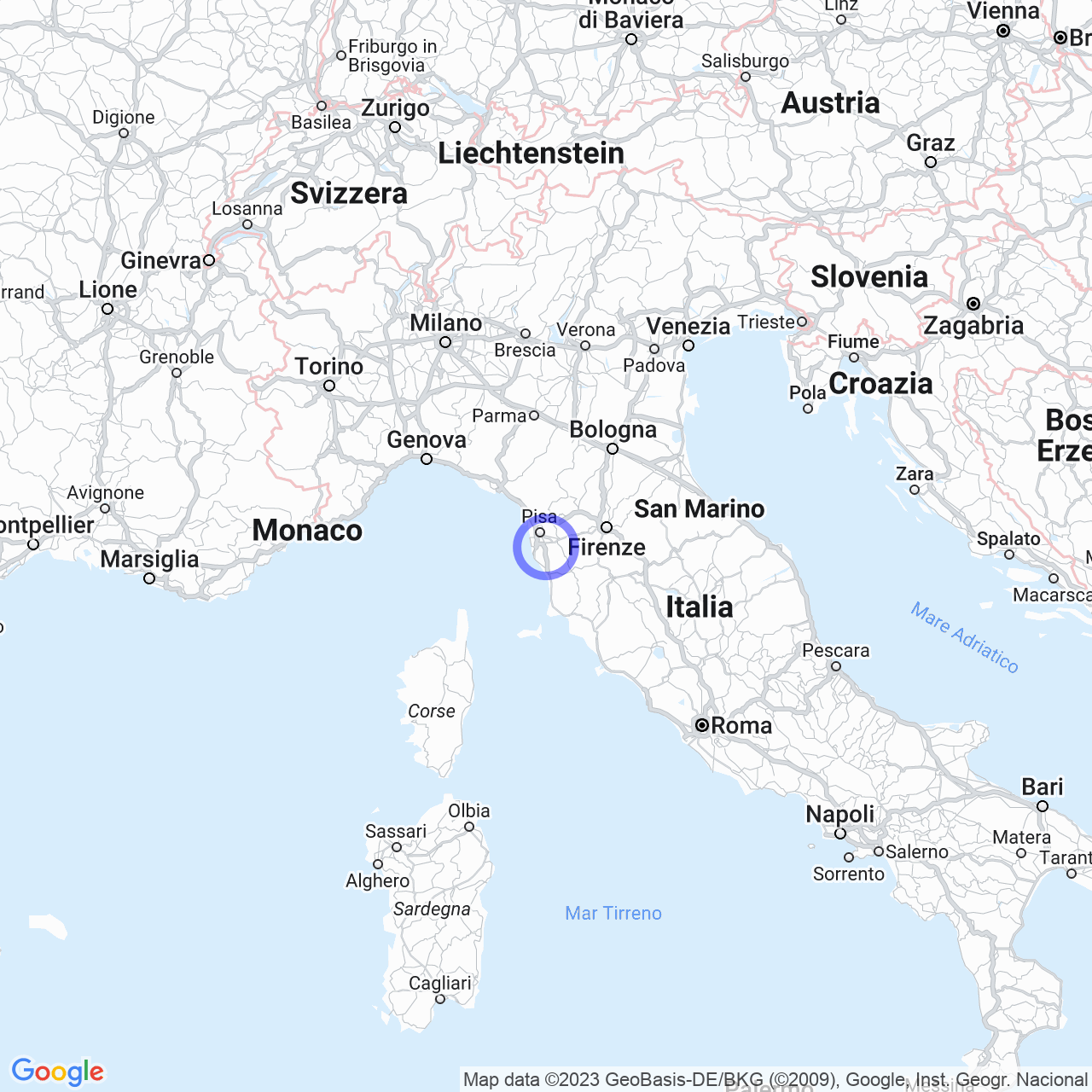Parrana San Martino
Parrana San Martino: a charming Tuscan village
Hello everyone! Today I want to talk to you about a beautiful Tuscan village, Parrana San Martino, located in the municipality of Collesalvetti, in the province of Livorno. With an altitude of about 200 meters above sea level, this village offers enchanting landscapes all year round. Come with me to discover this pearl of Tuscany!
Unique Physical Geography
Parrana San Martino is located on the slopes of the Livorno hills. During spring, the landscape with blooming vegetation and cultivated valleys offers an exceptional sight. The climate in the area is Mediterranean with peaks of continental weather, and in the winter, temperatures can go below zero. Sometimes, accumulated snow can be seen. Despite the low temperatures, there are numerous sunny days that offer breathtaking views of the surrounding nature.

A Brief History of Parrana San Martino
In the past, Parrana San Martino was referred to as "Parrana San Giusto" and "Parrana Nuova". These referred to the position of two villas, each with a church. The first was dedicated to San Giusto, now known as Parrana Vecchia, while the second was dedicated to San Martino, which in 1805 was elevated to a parish when the Diocese of Livorno was established. It is also interesting to note the reference to the signing of the peace treaty between the Republic of Pisa and the Kingdom of Aragon on April 25th, 1327, with the participation of a Pisan ambassador from Parrana, Messer Jacopo de' Gualandi.
Places of Interest: Colognole Aqueduct
Among the artistic places of interest in Parrana San Martino, there is certainly the Colognole Aqueduct. The aqueduct originates from the Colognole springs, located in Collesalvetti, and extends for 18 kilometers, reaching the city of Livorno. Inside the village of Parrana, the aqueduct crosses the hills, valleys, and places of Botro Caldo and Rio Corbaia. The route includes several galleries and tunnels, including Bellavista and the Fornello tunnel. The Pian di Rota cistern, inaugurated in 1852, functioned as a water filtration system. From the pipelines, the water reaches the Cisternone, built between 1829 and 1842, and the city cistern, which has never been put into operation.
Anthropogenic Geography: Place Names
The inhabitants of Parrana San Martino refer to the various places in the village using particular toponyms, such as "Pietreto", "Torciano", "La Casetta", "I Campacci", "L'Aietta", "La Casa", "Il Pino", and "La Bottega". Two of the main places are Pietreto and Torciano, which politically are historically considered "red" and "white", respectively, during elections. But even the other places have a history and identity that are handed down from generation to generation.
Conclusions
In summary, if you are looking for a place to relax in the midst of nature, Parrana San Martino is the right destination for you. Its location on the slopes of the hills, the Mediterranean climate, and its rich frescoes are just some of the reasons why this Tuscan village deserves to be visited. The Colognole Aqueduct represents one of the main monuments in the area and is an attraction worth visiting. I hope I have intrigued you enough to make you come and discover with your own eyes all the beauties of Parrana San Martino.
